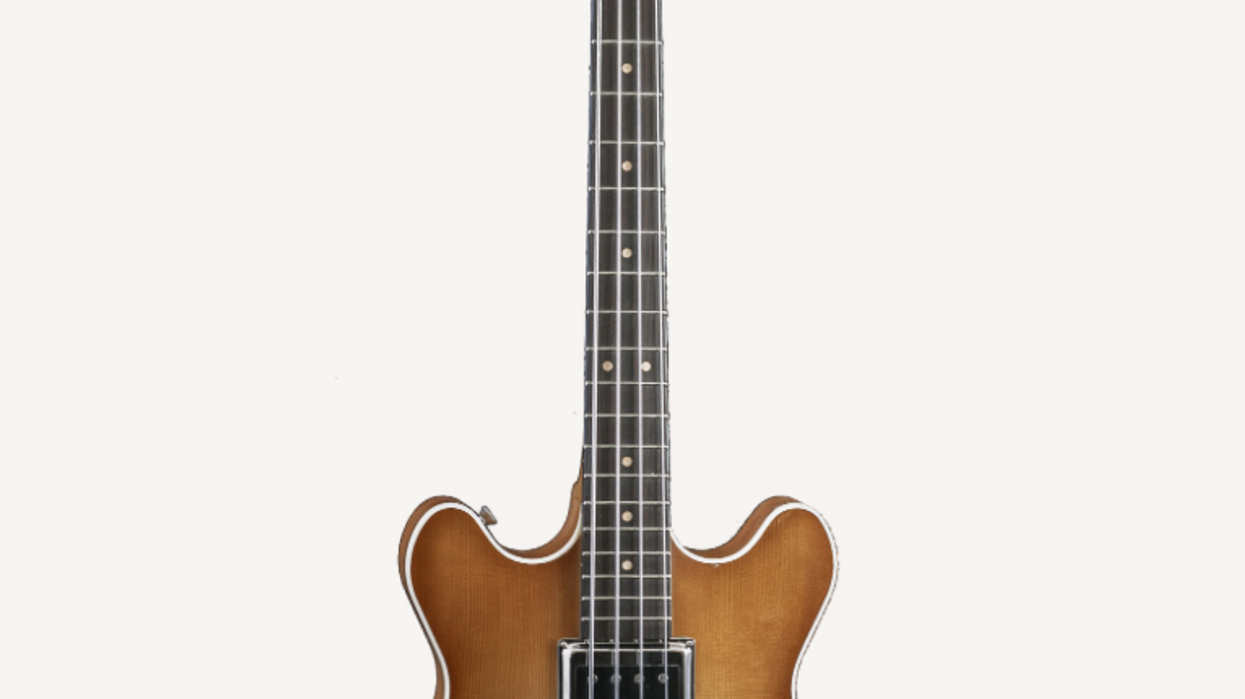When you’ve been building custom instruments for more than 20 years, as I have, it’s easy to think you’ve seen and heard it all. But fortunately, there are still some surprises. For example: A potential customer called and asked if I could build a nickel-free bass. The reason? He has severe contact dermatitis, and most of his allergic reactions are triggered by touching nickel.
We all know such allergies exist, but as long as we’re not affected, it’s easy to forget about them. I’m not sure why it took 20 years for me to field such a request, because nickel allergy isn’t rare. Several studies find that between eight and 16 percent of humans display allergic reactions when exposed to nickel.
There are several important factors that concern us as players: Nearly everything attached to a typical electric bass contains nickel, and we have significant contact with all these parts. Furthermore, this repeated contact often causes micro wounds that play a major role in sensitizing us to nickel, thus triggering allergic reactions.
Allergies can affect anyone at any age with any degree of severity, and once the immune system becomes sensitized to a certain substance and decides it has had enough of it, you’re doomed. Also, nobody should feel safe: Studies have shown that the number of females affected by nickel allergy tripled once they got into jewelry, which means the amount of exposure matters. The skin symptoms can vary, but the old rock ’n’ roll credo “play until your hands bleed” can actually have unintended consequences.
Without discussing the causes for contact dermatitis and the resulting rashes, let’s see how much effort it would take to create a nickel-free bass. At first, ridding an instrument of all nickel sounds relatively easy—stainless steel frets and strings, plastic knobs, and chrome hardware should do the job, right? Well, not so fast. We have two basic strategies: either replace a material that contains nickel or build a barrier to prevent direct contact. Let’s drill down a bit.
Strings. This is what we touch the most, so it helps to switch to stainless-steel strings, instead of nickel-coated ones. Still, stainless steel is an alloy that—you guessed it—often contains small amounts of nickel. Fortunately, nickel in stainless steel forms a non-ferromagnetic molecule, so the alloys used for strings most often contain only minimal amounts of nickel, if any.
Another solution is to use strings with non-metal coatings, such as a nylon wrap, but this surface gets easily damaged from playing, and when it does, the underlying metal becomes exposed. Here, tin or gold plating provides much better durability against wear. But remember, such plating is thin and soft, and thus still susceptible to deterioration.
Frets. Nickel-silver fretwire is the de facto industry standard. Again, stainless steel is an option, but it’s often hard to get detailed info on exactly what kind of alloy is used in its production. One fretwire that claims to be 100-percent nickel-free is Jescar EVO Gold. It’s made from a copper-based alloy, and also includes tin, iron, and titanium. Of course, if fretwire causes you problems, you could go fretless!
Photo 2 — Common metals in their elemental form. Notice the similarity between chrome (Cr) and nickel (Ni). Sometimes nickel surfaces—especially satin ones—are even sold as chrome. Photo courtesy of wikimedia.org
Bridge and saddles. Because most bridges are chrome-plated, you might assume they’re safe, but two things make them potentially risky for those allergic to nickel. Almost all hardware gets a nickel plating before the final chrome is added, and you’d think that last chrome layer would form a safe barrier. Unfortunately, the chrome deposit is directly connected with the intermediate formation, and this ultimately creates a hydrogen chemical reaction that causes the chrome layer to shrink and exhibit tiny cracks. The only chrome plating without the nickel layer is done on stainless steel, and such hardware isn’t generally available in our market.
Although chrome surfaces prove problematic in terms of nickel exposure, you can turn to brass, which is a mix of copper and zinc. Brass can come in several compositions, but only the “neusilber” formulation contains nickel. Other alternatives? A plain wooden bridge or a lacquered one with steel or titanium blades at the point of string contact.
Pickup covers, knobs, output jacks, plugs, strap pins, and tuning pegs. Everything we’ve discussed so far applies to all of these smaller parts, which we contact less frequently. Fortunately, these are relatively easy and cheap to replace. For instance, you can use plastic pickup covers, plastic or ebony tuner buttons, and lacquered output jacks, as well as brass strap buttons. Oh—don’t overlook the screws.
To summarize: Yes, it’s possible to make a 100-percent nickel-free instrument, but it’s tricky because nickel is so ubiquitous. Imagine the challenge of avoiding it in all of your daily life!


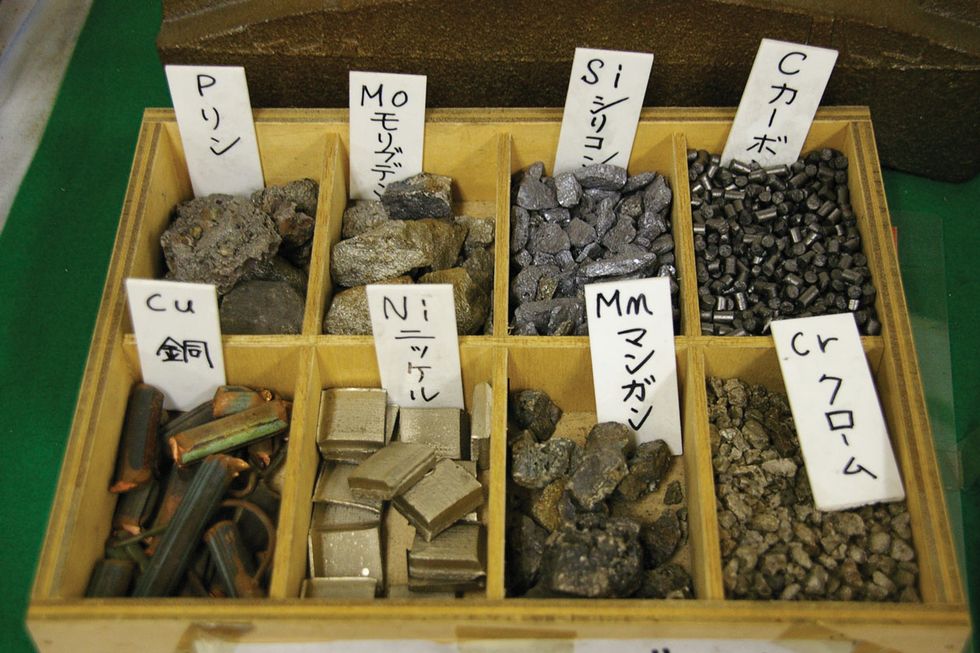

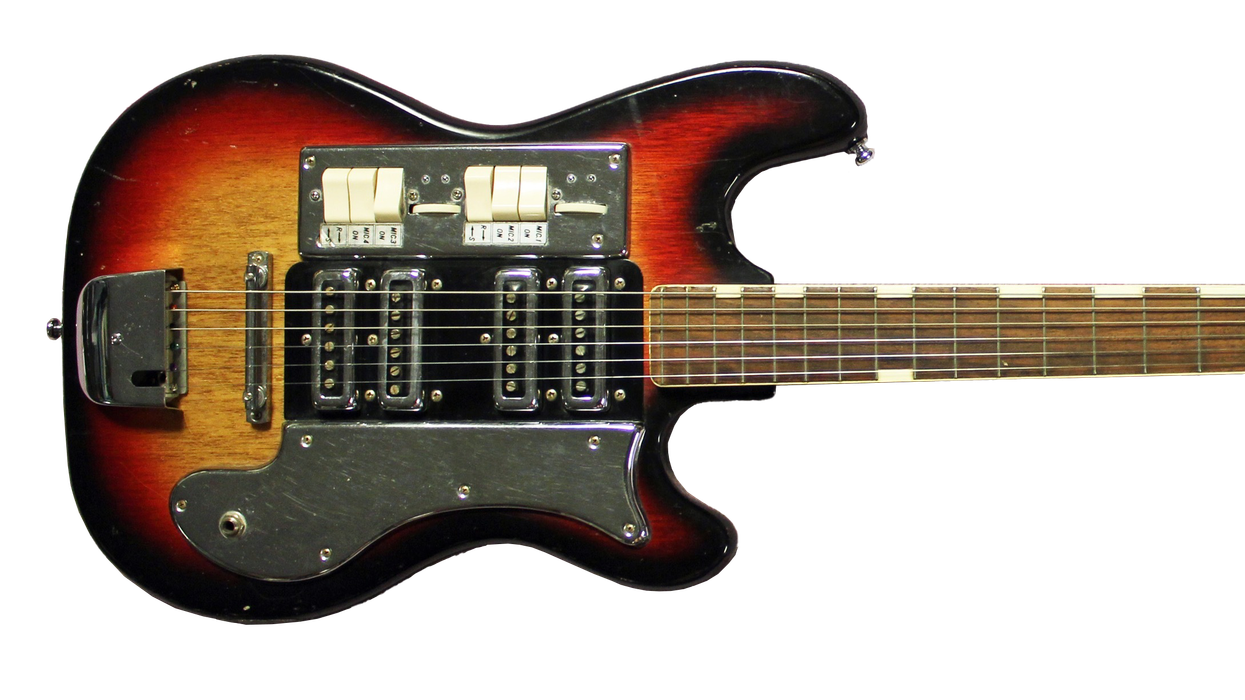



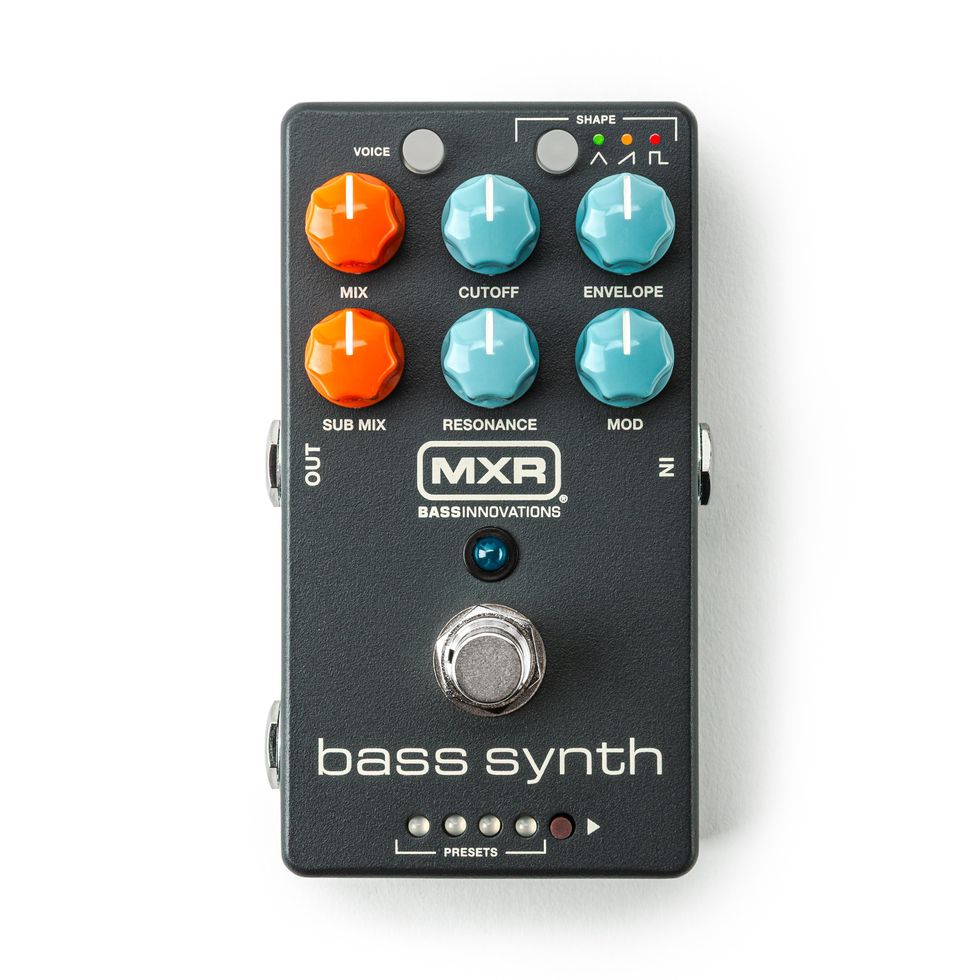 MXR Bass Synth Serves Up Intergalactic Grooves & Vintage Analog-Style Vibes
MXR Bass Synth Serves Up Intergalactic Grooves & Vintage Analog-Style Vibes
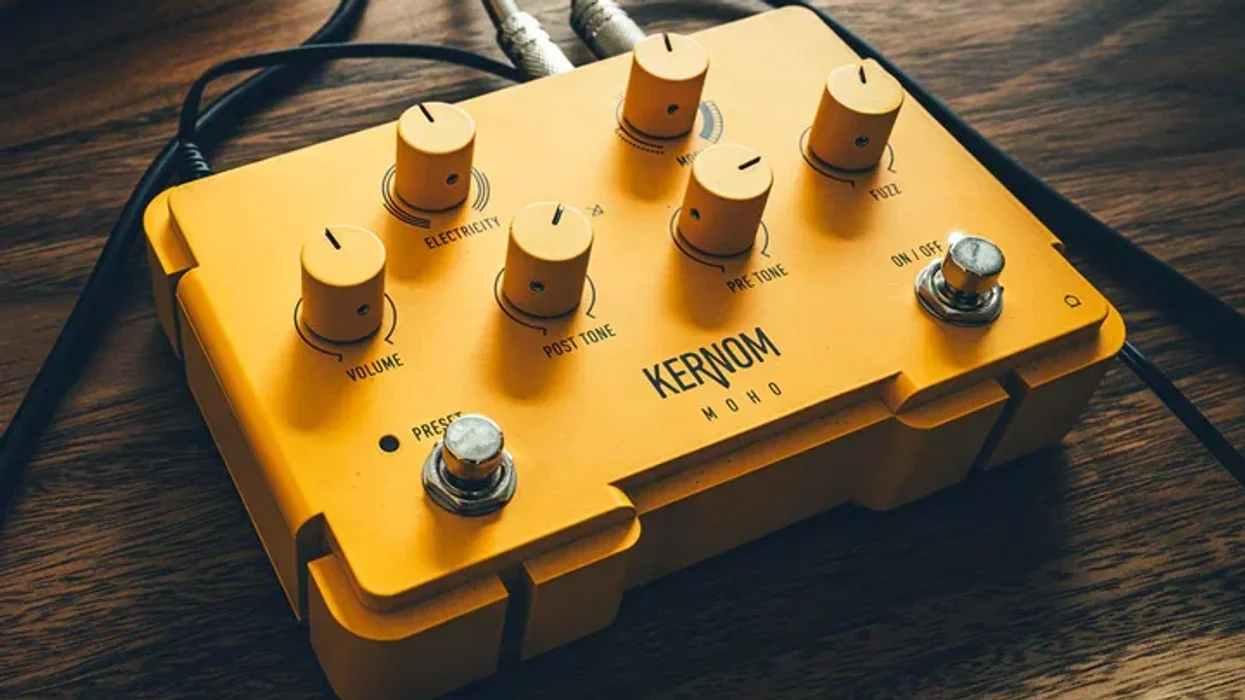
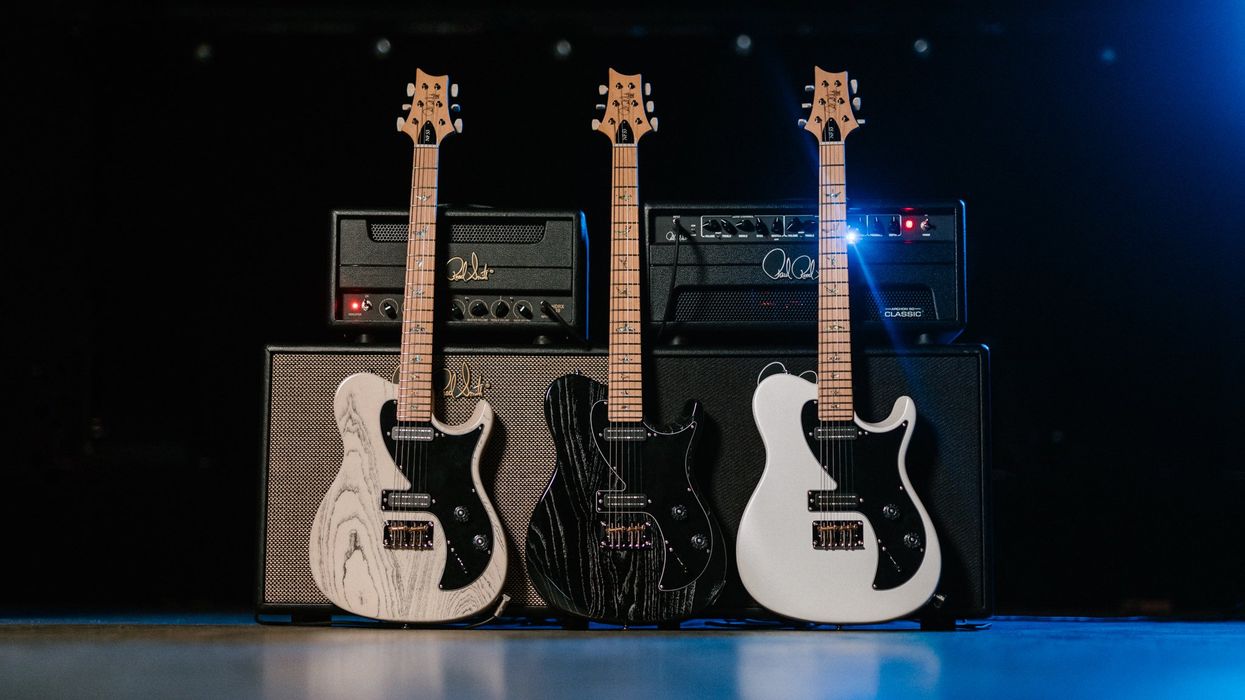


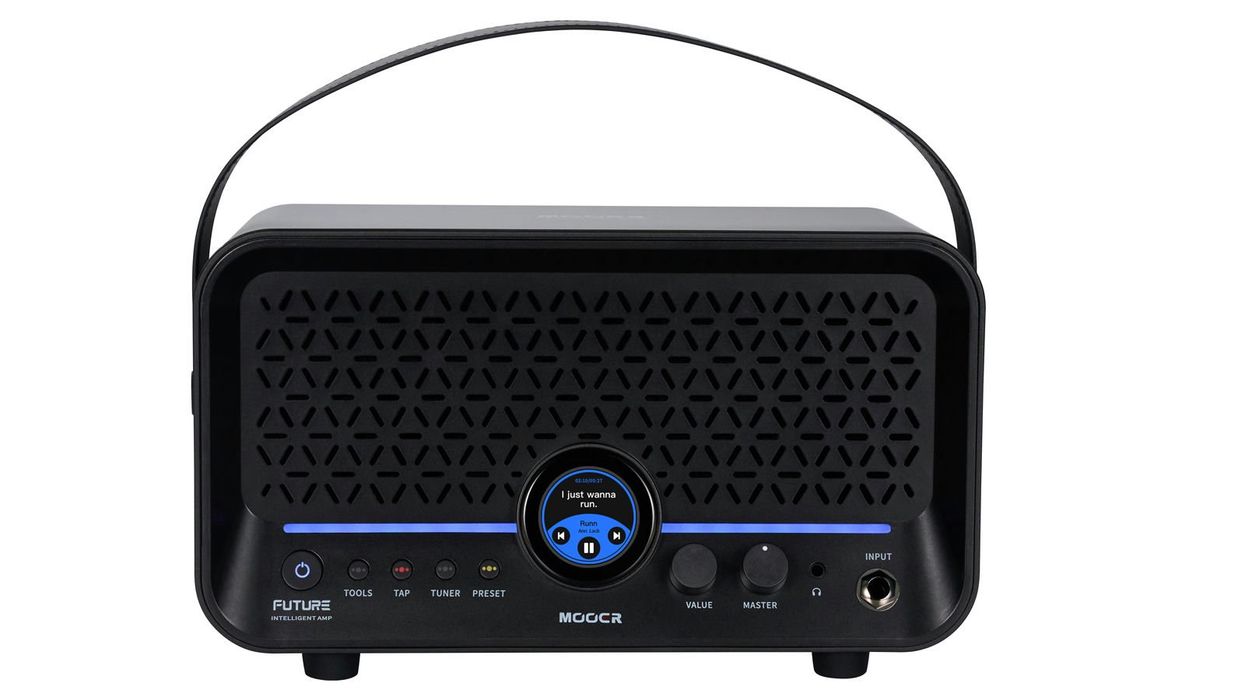

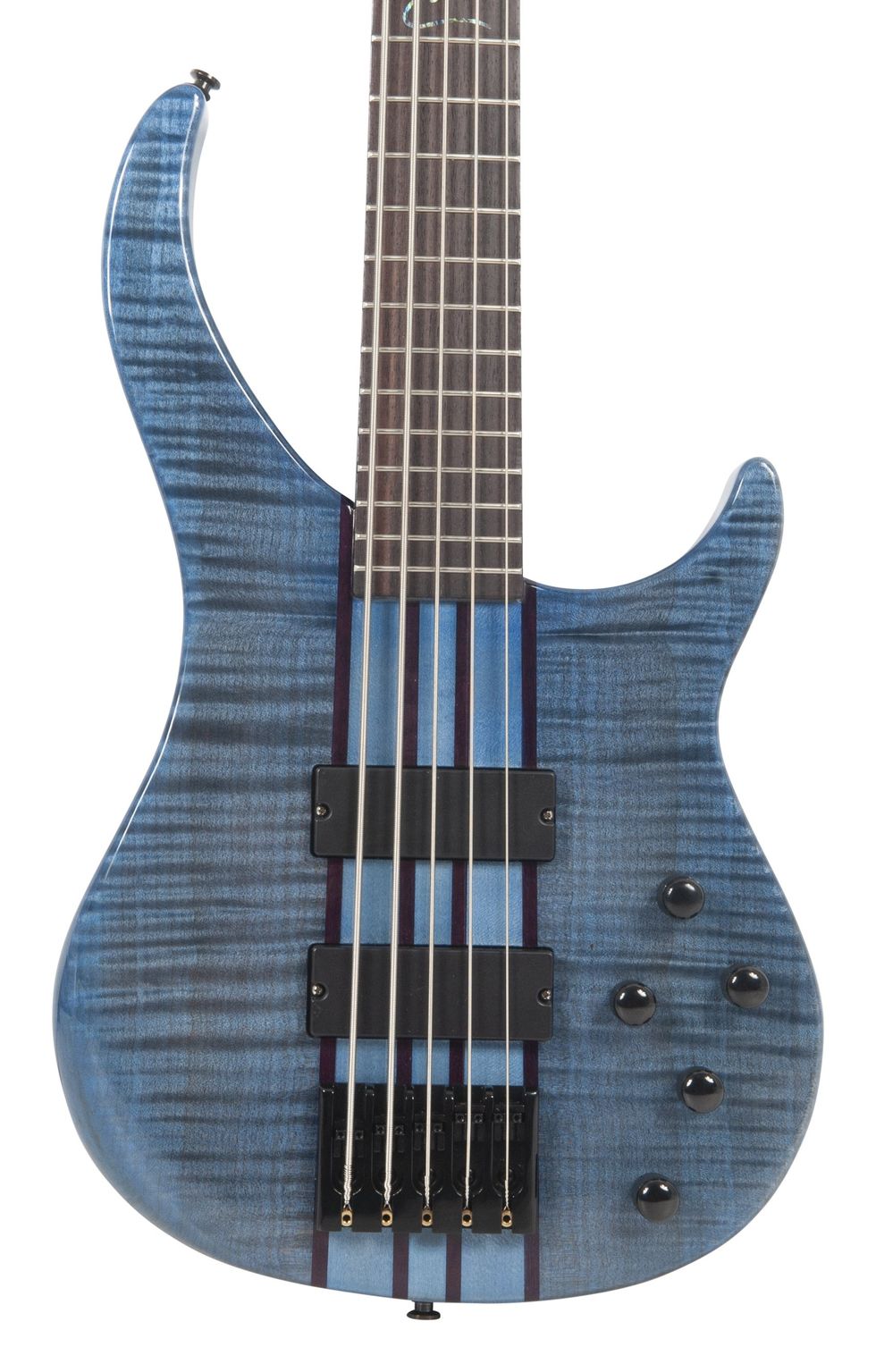 Peavey Debuts New Cirrus Bass Guitars Models
Peavey Debuts New Cirrus Bass Guitars Models



